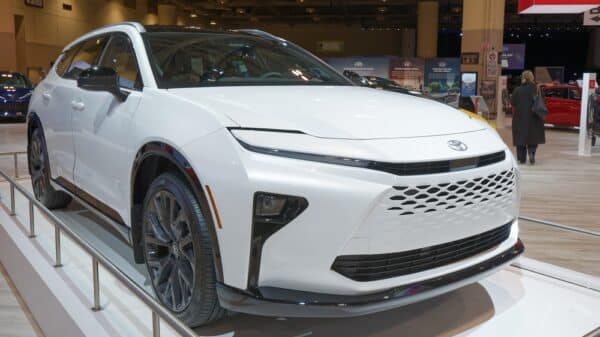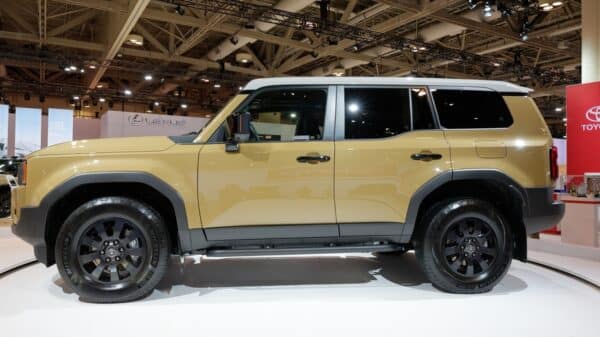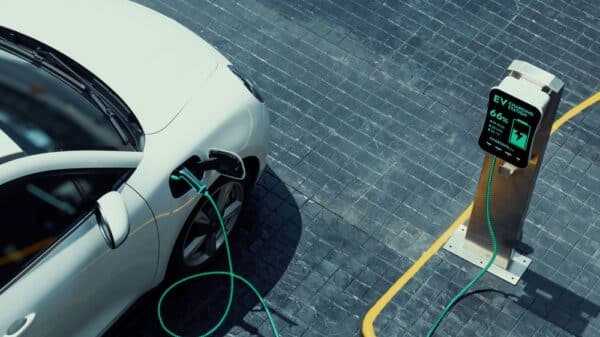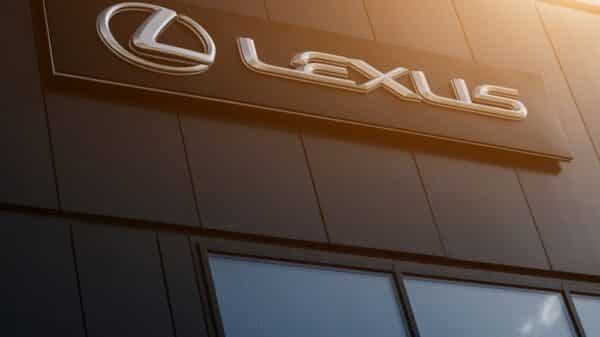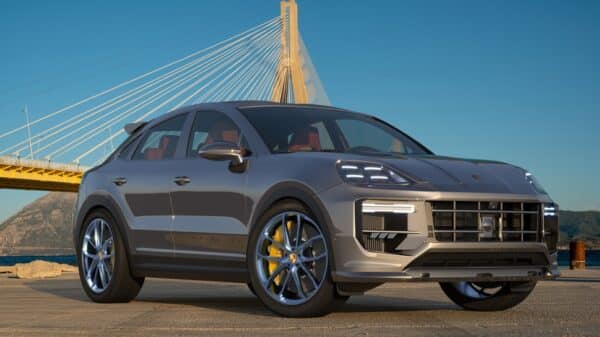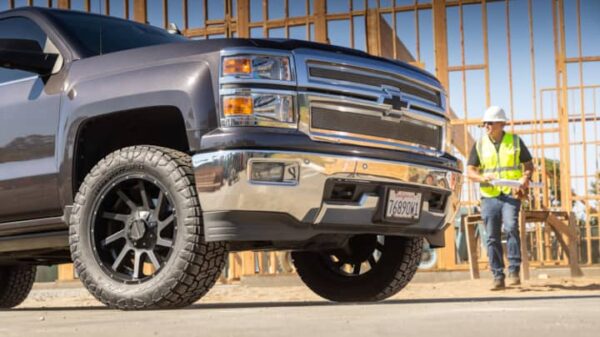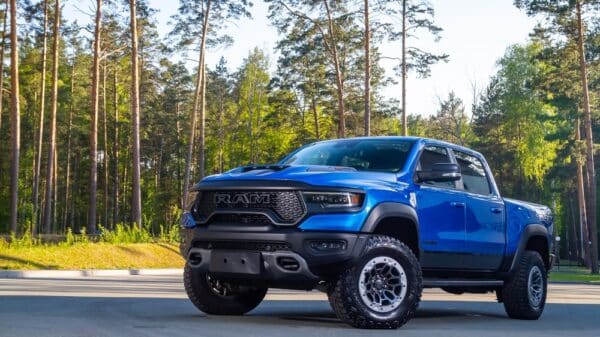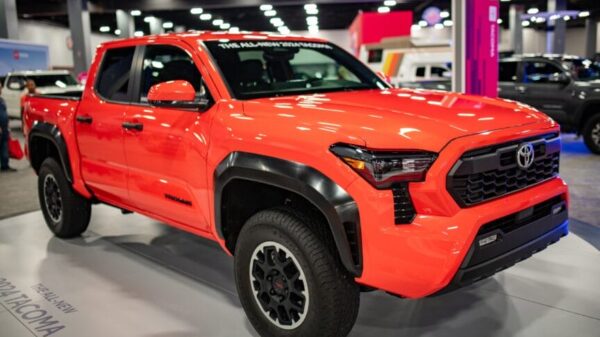On Thursday, Lexus launched a new hybrid powertrain for the LX full-size SUV ahead of the 2025 model year, marking the first instance of hybrid technology in Lexus’ largest vehicle.
This hybrid system is showcased in a new flagship variant named the LX 700h, which integrates a twin-turbocharged 3.4-liter V-6 engine combined with an electric motor positioned between the engine and the SUV’s standard 10-speed automatic transmission. The power is directed to all four wheels equipped with a four-wheel-drive system featuring a 2-speed transfer case.
In contrast to other Lexus hybrid models, the LX 700h utilizes a traditional starter motor and alternator, rather than depending exclusively on the hybrid system’s electric motor for these functions. Lexus explained that this approach ensures the vehicle remains operational even if the hybrid system encounters issues, which is critical during off-road adventures.
This same powertrain is employed in Toyota’s Tundra and Sequoia models, where it delivers a combined output of 437 hp; however, the Lexus LX 700h is rated at 457 hp and 583 lb-ft of torque. Toyota’s pickup and SUV share a close relationship with the LX, utilizing the same GA-F body-on-frame architecture.
The current LX was first launched for the 2022 model year and is currently available only in the LX 600 variant, which features a twin-turbocharged 3.4-liter V-6 engine capable of producing 409 hp.
Additional updates for the 2025 model year include a new Overtrail trim. Much like the Overtrail option available in the smaller GX, the LX Overtrail adds features such as front and rear differential locks, along with 18-inch wheels equipped with all-terrain tires (a first for the LX). Unique styling elements include gloss black exterior accents, an available Moon Desert exterior color, and an optional interior theme called Monolith.
Lexus has also reinforced the chassis to support the hybrid powertrain, improving overall stiffness and enhancing steering feel and handling. The engine mounts have been strengthened to manage the hybrid system’s additional weight. A new cross member has been introduced, and the spare tire has been relocated to accommodate the battery beneath the rear floor. Furthermore, the standard 12-volt auxiliary battery has been moved from the engine bay to the side of the rear deck, with a new brace contributing to increased rigidity. The radiator support has been enhanced, and a more robust instrument panel brace has also been incorporated.
Image Source: Toyota Motor Corporation @ YouTube





